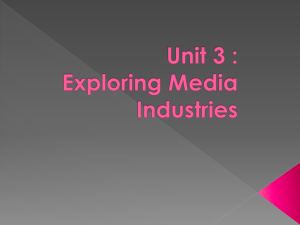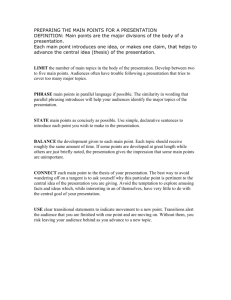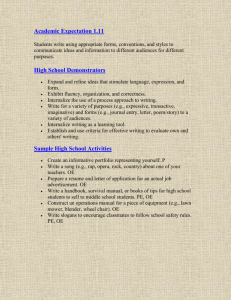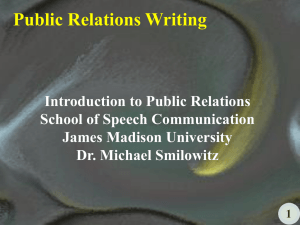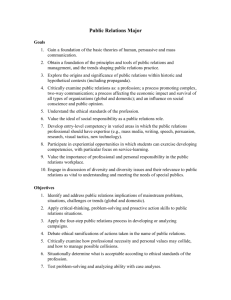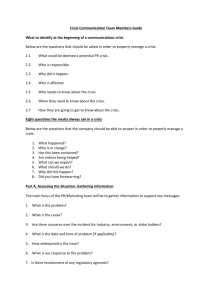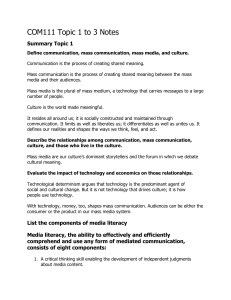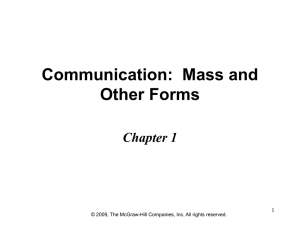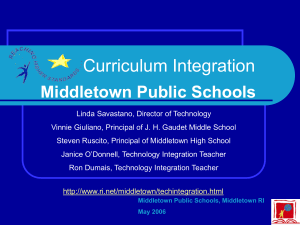New trends in media writing
advertisement
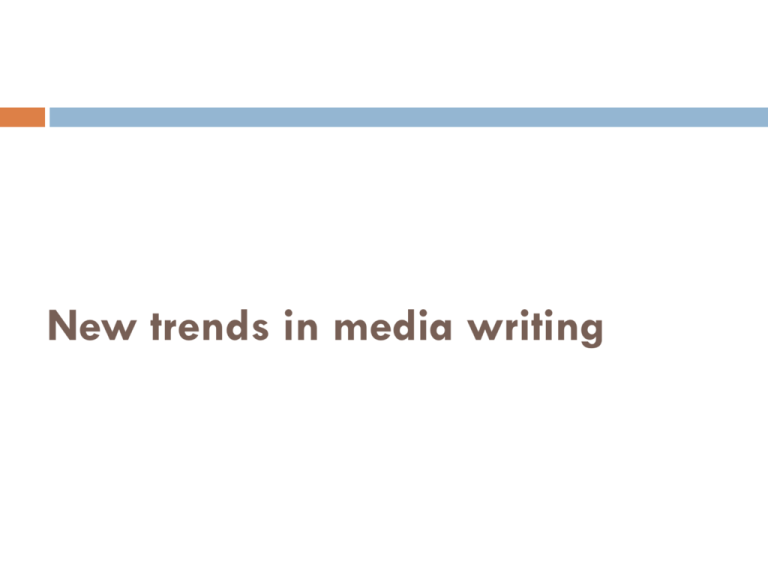
New trends in media writing The issue is to be seen from two perspectives- journalistic and PR Let’s look at what has really changed in the media landscape and media content from the journalistic perspective and the lessons to be learnt from the perspective of teaching and learning Convergence of media The onslaught from the fourth screen. The access of news increasingly is shifting from newspapers to TV to Net and now through the mobile phones. Convergence in news may mean more resources to probe issues Convergence in news may also mean finding a new lingo that is understood by a disparate audiences. The increased ability of the public to actively search for information at his/her own convenience and pace and to interact online with news web sites Increasing public access to different forms and types of media and to a greater diversity of content. Reduced “gate-keeping” powers of major news organizations; less power to set the news agenda or manipulate the public’s understanding of events. Newer and powerful story-telling methods through multi-media technology. Some negative effects of change Rise in “journalism of assertion”. Increase in unsubstantiated opinion and rumours that harm journalistic credibility Lack of restraint among online writers. Competitive and alleged corporate pressures to lower ethical standards and sensationalize stories. Increasing public disgust about how a “ubiquitous” media violate personal privacy. Confusion about who is a journalist, when anyone can publish. The increasing instances of ‘quid pro quo’; paid journalism. Allegation of cross-fertilization of media-corporate and media-politico nexus. Ex. Radia tapes fiasco. Ethical “vertigo” (haziness) regarding news values, newsworthiness, credibility. What standards are appropriate for this new ‘media’ mix? Changes in news media audiences The proliferation of news outlets means that audiences can read and watch their news on various channels and web sites. In other words, media audiences have fragmented. No longer does an overwhelming majority of people sit down in the evening to watch one channel (Like Doordarshan days with two news bulletins in a days). People now get their news updated throughout the day, when they want it. They surf the web to find the stories that interest them. Some describe these niche audiences as impatient, “remote control” audiences, who want the information they’re seeking without delay and without additional unsought news. Lessons to be learnt Market driven changes (intense competition among media; revenue models ) Technology driven changes (speed/ convergence/ immediacy ) Moral panic (intensity of feeling expressed by a large number of people on an issue that threaten social order) Media circus (when media reaches in droves for an event or happening that does not call for that) Media writing from PR perspective Paid news syndrome – whose news is it? Allegation of PR influence in media content ‘Shoot the messenger’ Quid pro quo. Is it ethical? Role of academics and media teaching institutes/universities Conduct research in to media trends, content and sociology; initiate dialogue; bring issues in the public domain Acquire a watchdog role Democracy and media are interdependent. Any dent in media trust would in turn dent democratic institutions. Presentation: Jaishri Jethwaney, IIMC, New Delhi



